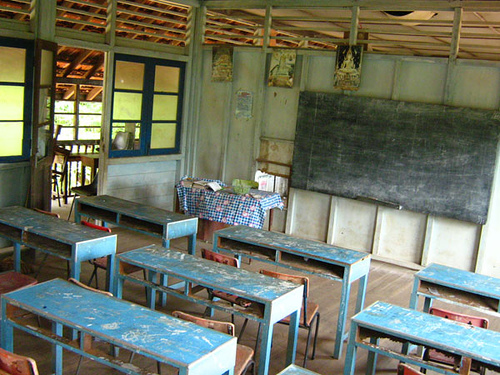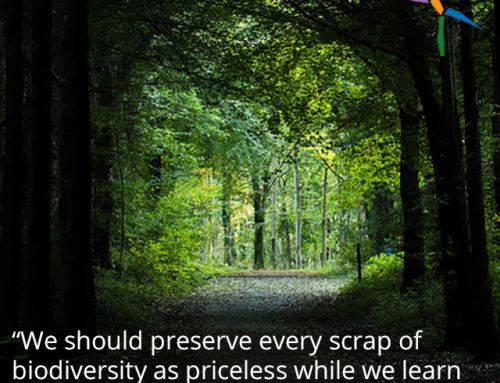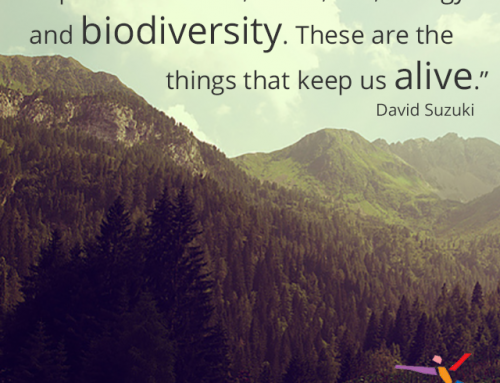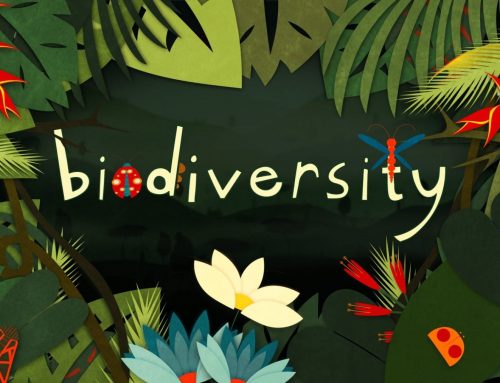We’ve talked a lot at Postconsumers about being eco-friendly, no matter your age – but we’ve always talked about students from elementary to college age going green early to pick up on some helpful habits. So we haven’t yet talked about teachers going green in their classrooms. In fact, the classroom is one of the best places to teach kids and teens about being environmentally friendly, because they spend a lot of time there! With many resources out there on the Internet, there are numerous way to not only teach kids about the environment, but also to create green initiatives in the classroom that can supplement the green lessons they learn from their parents at home. (And, of course, teachers with kids can always show ways to be green no matter where they are!)
Teaching Green
Part of any child’s education is learning about the world around them, so having the right resources to show the impact of their behavior on the larger environment is the best way to supplement teaching about the world they live in. Groups like the World Wildlife Federation have a wealth of resources for teachers of all grades. They have lessons ranging from rainforest and ocean protection to how to do campaigns for climate change. There are all kinds of different subjects that can be learned through environmentally-minded lessons:
- Science is the obvious one, with biology and ecology already being taught in schools – a supplemental lesson about the environmental impact on ecosystems and the biology of animals from a polluted environment can give kids a better idea of what they can do to help take care of the planet.
- Math can be taught through lessons on saving energy, recycling initiatives, and even learning about charts and graphs through published environmental studies.
- Teach geography by showing kids where rainforests are, and what different countries are doing to lessen their environmental impact. Students can even learn locally what kind of greening programs are happening in their own area as well.
- Design and engineering may sound like they would be subjects for high school students, but also begin to teach younger kids to use their imagination to design eco-friendly buildings and ways to improve sustainable technology.
- You can also improve students’ English skills by asking them to create an earth-friendly poem, a story about how they’re going green, or even (probably better suited for high school students) writing about how the environment affects children’s issues.
A Green-ful Classroom
Being an eco-friendly citizen of the world means starting with your immediate environment, and home and school are the launching points. Even students who aren’t going green at home can learn some eco-friendly habits in the classroom and take them home to start making changes. Greening up the items you use in class, creating eco-friendly projects for your students, and inquiries about what kind of overall green initiatives can happen for your school can go a long way to creating environmentally-friendly adults down the road.
- Recycling used paper or making art objects with old paper that kids can take home can make for some interesting inventions. Also bringing newspapers and magazines from home, and encouraging students in doing the same, can teach them about making collages and expressing themselves with found objects.
- Become the example by teaching students about how to use their materials in a responsible way. During art class, instead of letting them dump a whole lot of paint onto their palettes, teach them to use just a teaspoon. Teach them how to make their own cleaning solution that utilizes vinegar or baking soda that you use with them in your classroom.
- When the weather is pleasant, have a lesson outside and either have them do an art project or make it a learning experience about the weather, flora and fauna, or even local geography.
- Start encouraging students to do their papers electronically if possible. You don’t have to make it mandatory, but being able to start reducing paper waste by emailing papers in a word processing software format or using an online document tool like Google Docs will encourage online collaboration with teachers while reducing waste.
Greening your classroom doesn’t have to happen all at once, and these tips are just a few of the things teachers can do to make their classrooms more eco-friendly. If you start small, kids can pick up on those little habits and grow into their own uniquely eco-friendly selves!
Do you have eco-friendly tips for teachers? Like us on Facebook and tell us what they are!
Need more assistance in learning to let go of the consumer media’s impact on your life, take control of your finances and find the satisfaction of enough for today? The Get Satisfied Interactive Handbook is a 30-minute web course that walks you through a series of specific questions and then presents a personalized how-to plan for becoming a postconsumer. Launch your evaluation for free right now.
Image via Flickr Creative Commons: abdulrahman.stock





